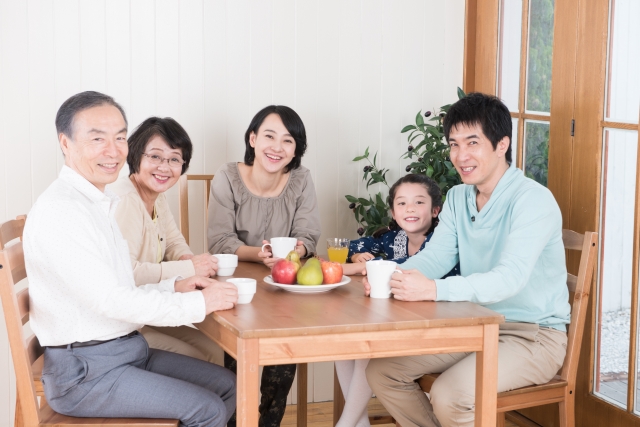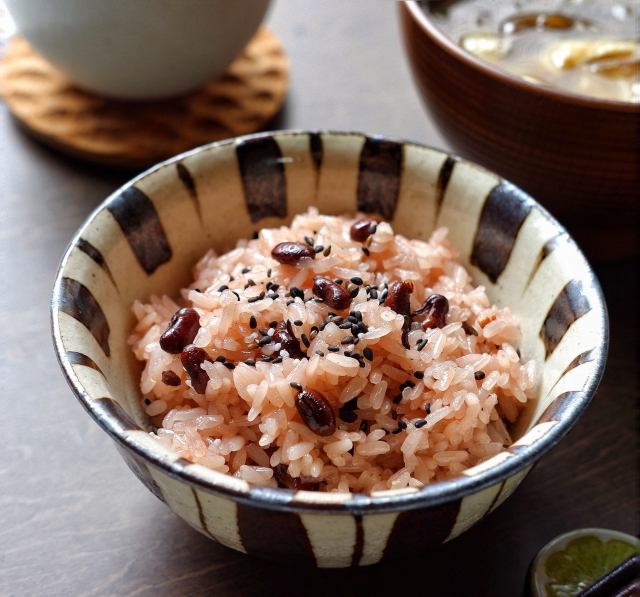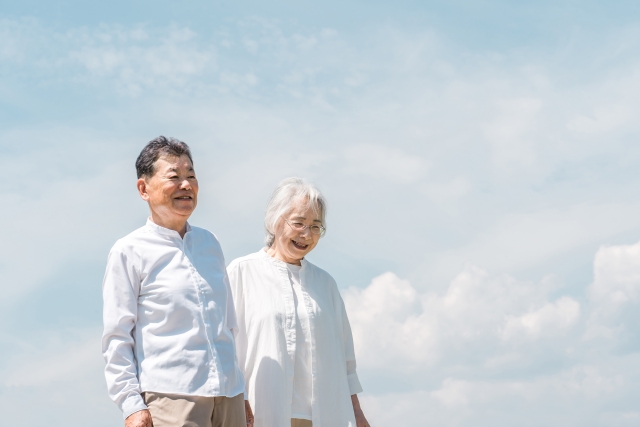Every September, Japan celebrates Keiro no Hi (敬老の日) — Respect for the Aged Day, a heartfelt holiday to honor grandparents and elders who have devoted their lives to family and society.
It’s not only about longevity; it’s about gratitude, wisdom, and the ties that hold generations together.
🗓 When Is It?

Keiro no Hi is observed on the third Monday of September. The holiday became official in 1966 and moved from September 15 to Monday in 2003 under the “Happy Monday” system to create a long weekend.
In 2025, Keiro no Hi falls on September 15.
🌾 Meaning & Origins

The spirit of the day is simple and profound: to thank elders for their work, wisdom, and care, and to wish for their health and long life. After World War II, communities — notably in Hyogo Prefecture — began holding events to recognize local seniors, and the movement spread nationwide.
The result is a national holiday that affirms a core value in Japanese life: respect for those who came before us.
🎉 How It’s Celebrated Today

Family Gatherings
Families often share a meal at home or at a favorite restaurant. Children and grandchildren give letters, flowers, or small practical gifts. If distance keeps people apart, a phone or video call is a simple way to say, “Thank you.”
Community Events
Local governments and community centers host ceremonies, performances, or visits to care facilities. In many places, milestone ages such as 77 (kiju), 88 (beiju), and 99 (hakuju) receive special recognition.
Gifts & Experiences
- Flowers and sweets
- Family dinner or afternoon tea
- Short trips or hot springs
- Comfort and wellness items
🍱 Auspicious Foods

Food carries symbolic meaning in Japan, and many families choose auspicious dishes for Keiro no Hi — wishing for health, happiness, and long life.
- Sea bream (tai) — echoes medetai, meaning “auspicious.”
- Shrimp (ebi) — its curved back symbolizes living to a great age.
- Abalone (awabi) — a celebratory delicacy honoring vitality.
- Sekihan (red rice) — classic celebration food believed to ward off misfortune. Learn why sekihan matters.
- Kombu (kelp) — a wordplay on yorokobu (“to be happy”).
- Kuromame (black soybeans) — a wish to live and work mame-ni (diligently and healthily).
🕊 Modern Reflections

As Japan’s elderly population grows, some municipal traditions (like universal gifts) have been scaled back.
Even so, the heart of the day remains: spending time, expressing gratitude, and reaffirming bonds across generations.
For many families, Keiro no Hi is less about formality and more about connection.
💬 Quick Q&A
Is Keiro no Hi a public holiday?
Yes. It is a national holiday in Japan, observed on the third Monday of September.
What do families usually do?
Share a meal, give small gifts or flowers, write letters, and spend time together. Some plan short trips or hot spring visits.
Are there traditional foods?
Yes — sea bream, shrimp, abalone, sekihan, kombu, and kuromame are popular for their auspicious meanings.
Keiro no Hi may look modest on the calendar, but its message is timeless: cherish the people who held us when we were small, and hold them warmly as they grow old. Gratitude, after all, is a tradition that never ages.

